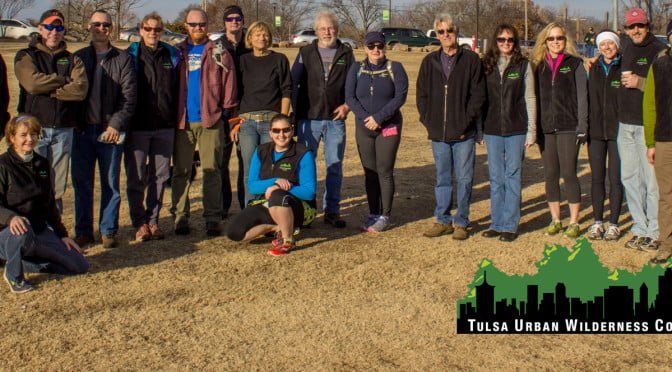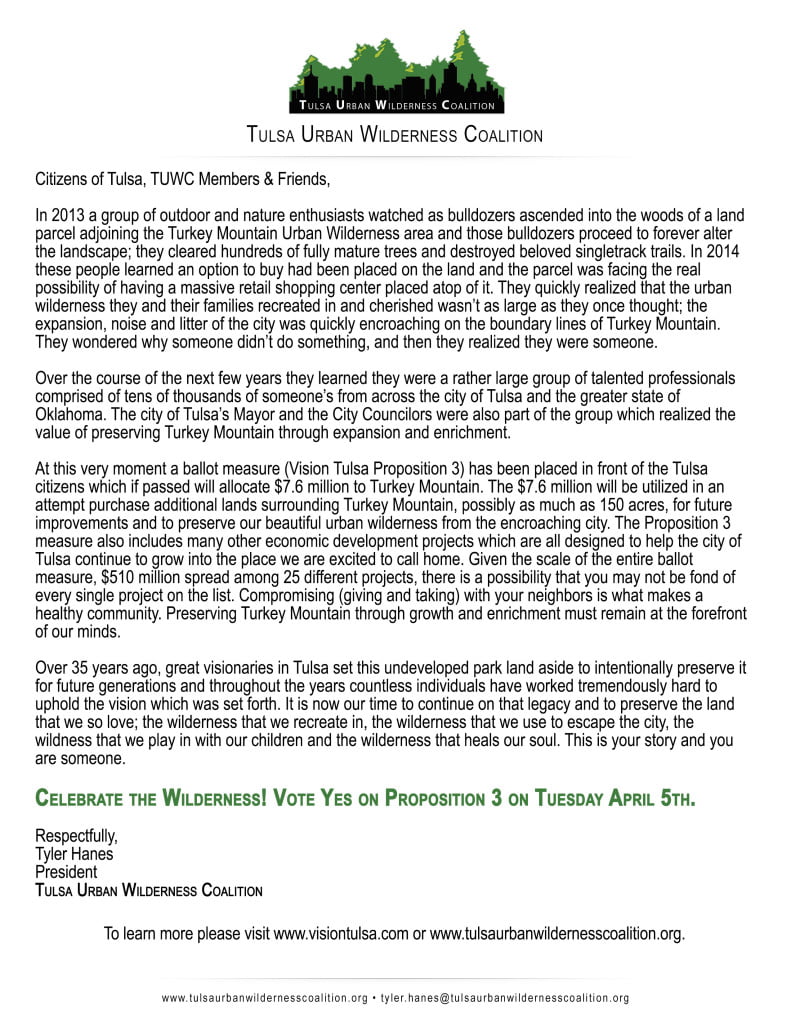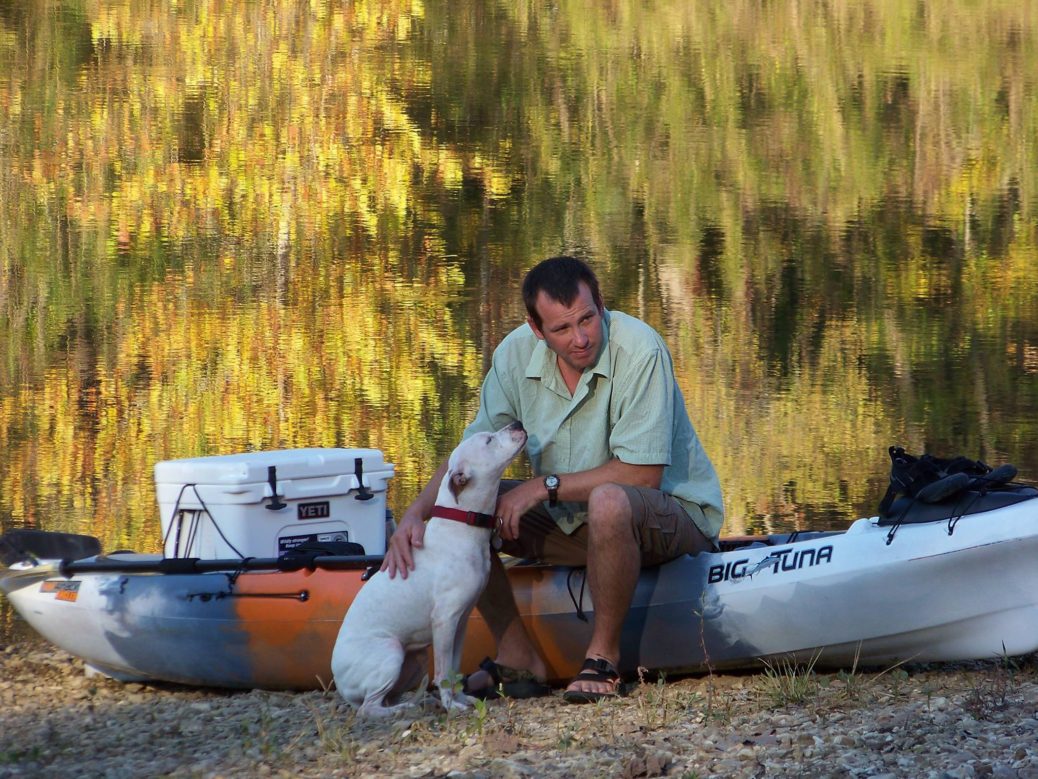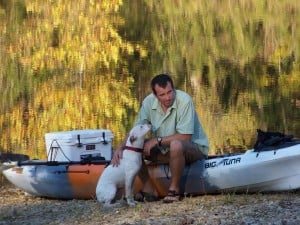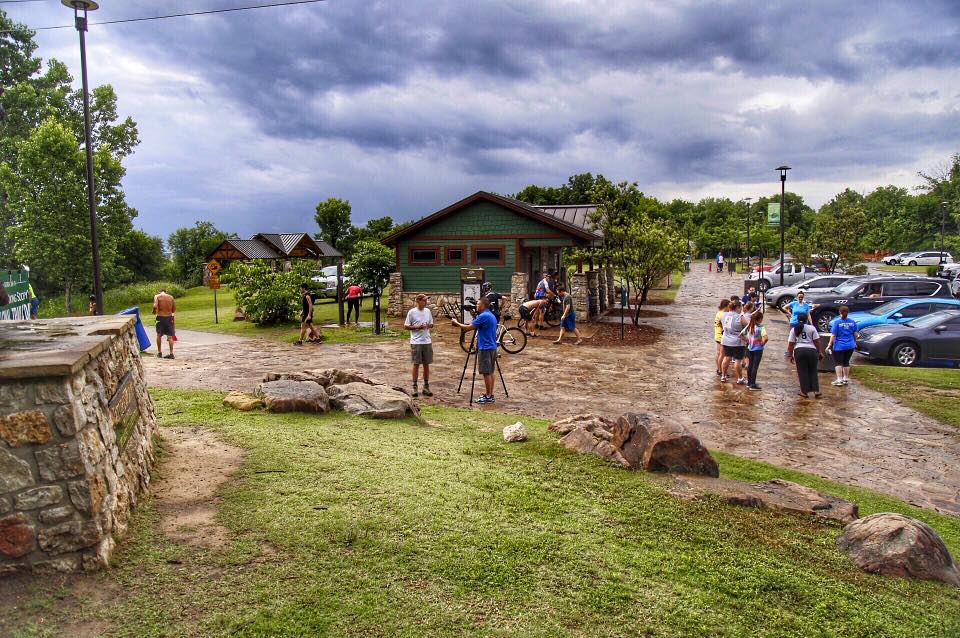
TUWC: National Trails Designation
On the eve of National Trails Day, more good news came to Turkey Mountain.
On Friday, the U.S. Department of the Interior named Turkey Mountain’s Red, Yellow and Blue trails as part of the country’s National Recreational Trail System. Turkey Mountain was one of just six places to receive that designation.
“By designating these new National Trails, we recognize the efforts of local communities to provide outdoor recreational opportunities that can be enjoyed by everyone,” said Interior Secretary Sally Jewell. “Our world-class network of national trails provides easily accessible places to enjoy exercise and connect with nature in both urban and rural areas while also boosting tourism and supporting economic opportunities in local communities across the country.”
According to a statement from the Interior Department, National Recreation Trail designation recognizes existing trails and trail systems that link communities to recreational opportunities on public lands and in local parks across the Nation. The newly designated trails will receive a certificate of designation, a set of trail markers and a letter of congratulations from Secretary Jewell.
Achieving this designation was a combined effort from the Tulsa Urban Wilderness Coalition’s grant writing team and the Tulsa River Parks Authority.
Aside from the recognition, the designation has other benefits for Turkey Mountain, including promotion, technical assistance, networking and access to funding. This will add to ongoing efforts by River Parks Authority and the Tulsa Urban Wilderness Coalition to aid Turkey Mountain through education programs, trail maintenance work and clean-up days.
The news is the latest victory for Turkey Mountain. Last year, plans for an outlet mall on Turkey Mountain’s west side were abandoned thanks to widespread community opposition and an organized education effort on behalf of preserving green space. In April, voters approved a measure that purchased the land in question, with the purpose of folding it into River Parks’ inventory. And over the last few years, usage of the trails has grown as more people have learned about Turkey Mountain and what it has to offer. Turkey Mountain is already considered one of the country’s premier mountain biking trail systems, and is home to a number of trail running events every year. It’s also a popular site for hikers, geocachers and equestrians.
As for the trails that received the Interior Department’s designation, they offer a range of experiences for users. The Red Trail is a scenic 0.8-mile loop through wooded terrain and is considered one of the best trails for beginner hikers and runners to try. The Blue Trail, a 1.6-mile loop, climbs to near the top of Turkey Mountain, giving users a good dose of woodlands with a taste of elevation gain and a trip around a pond. The Yellow Trail, at 4.4 miles, climbs to the top of Turkey Mountain and traverses its ridge, while on its eastern flank offers some of the best views of the Arkansas River in all of Tulsa.


